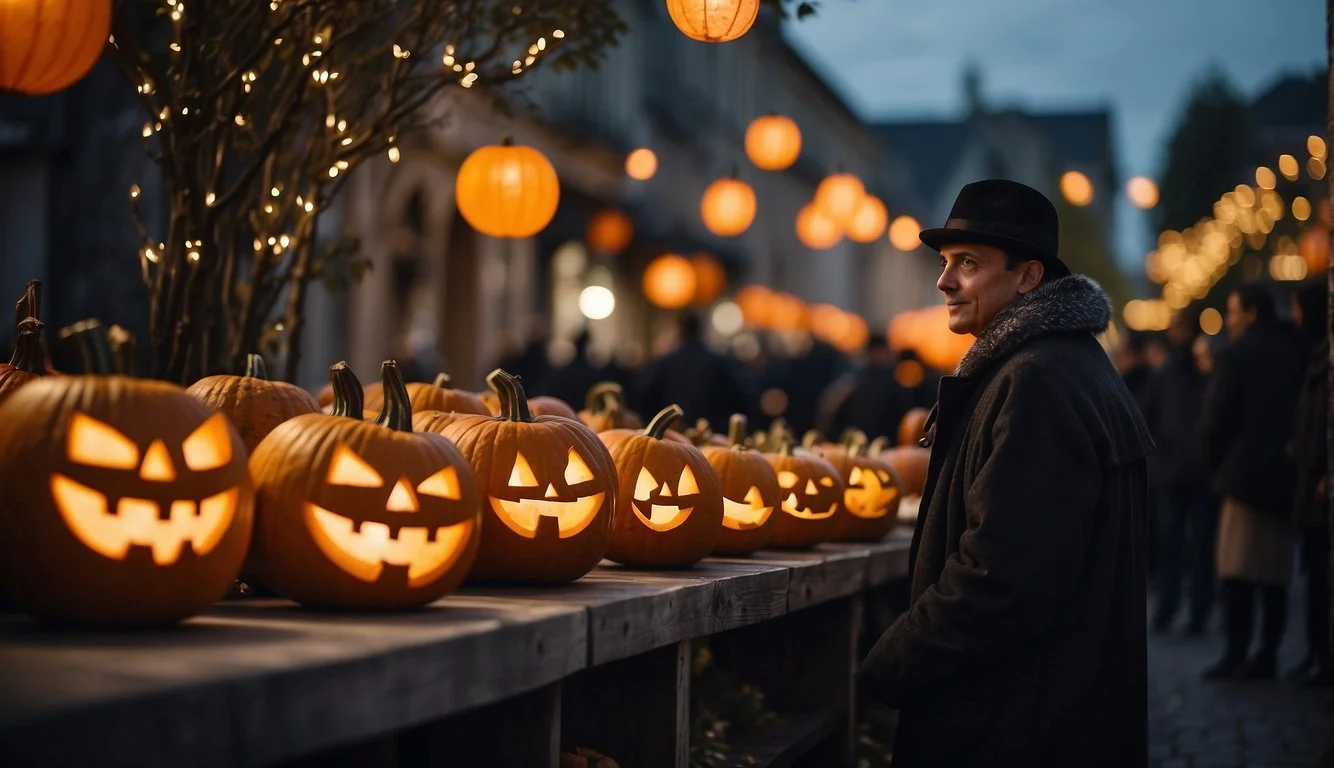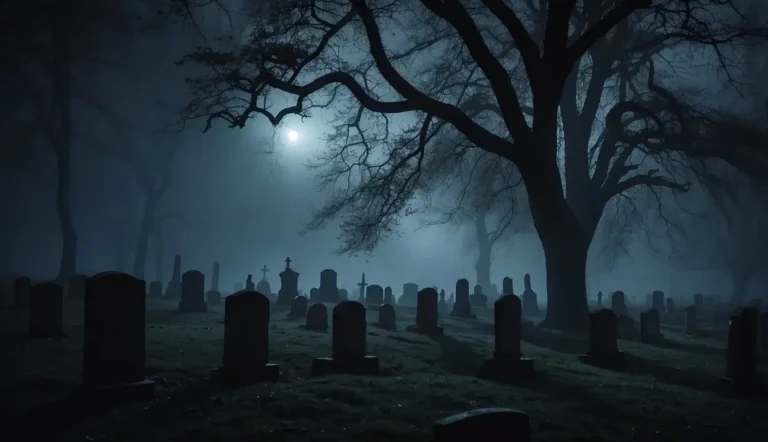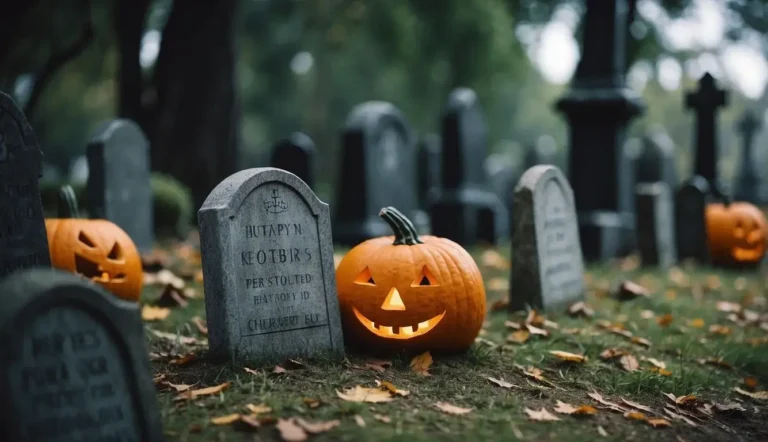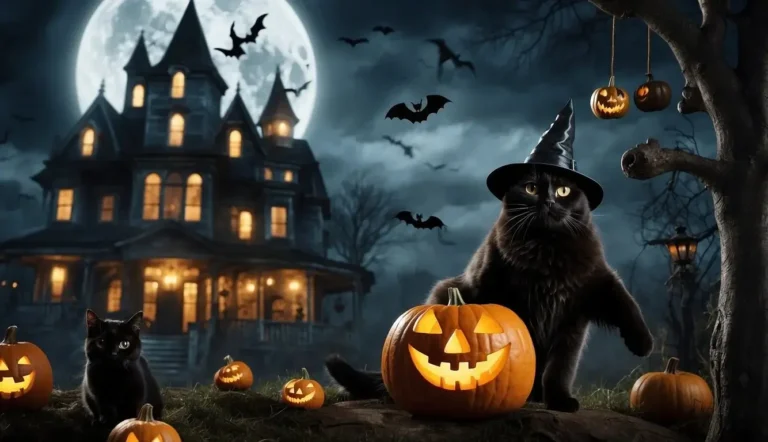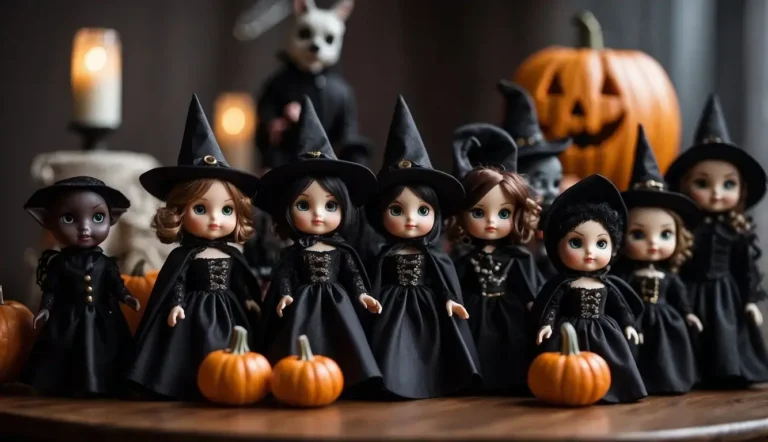Discover How France Celebrates Halloween, a carefully curated guide I’ve compiled from various sources to provide you with a glimpse into the country’s distinctive celebration of October 31st. I’m excited to share with you the ways in which France has woven Halloween into its cultural tapestry, creating a holiday celebration that is uniquely French.
Key Takeaways
- Halloween in France is marked by a blend of new customs and restrained enthusiasm.
- The holiday is relatively recent in France, reflecting a more commercial than traditional spirit.
- La Toussaint remains the more significant observance, influencing Halloween’s cultural impact.
Origins of Halloween in France
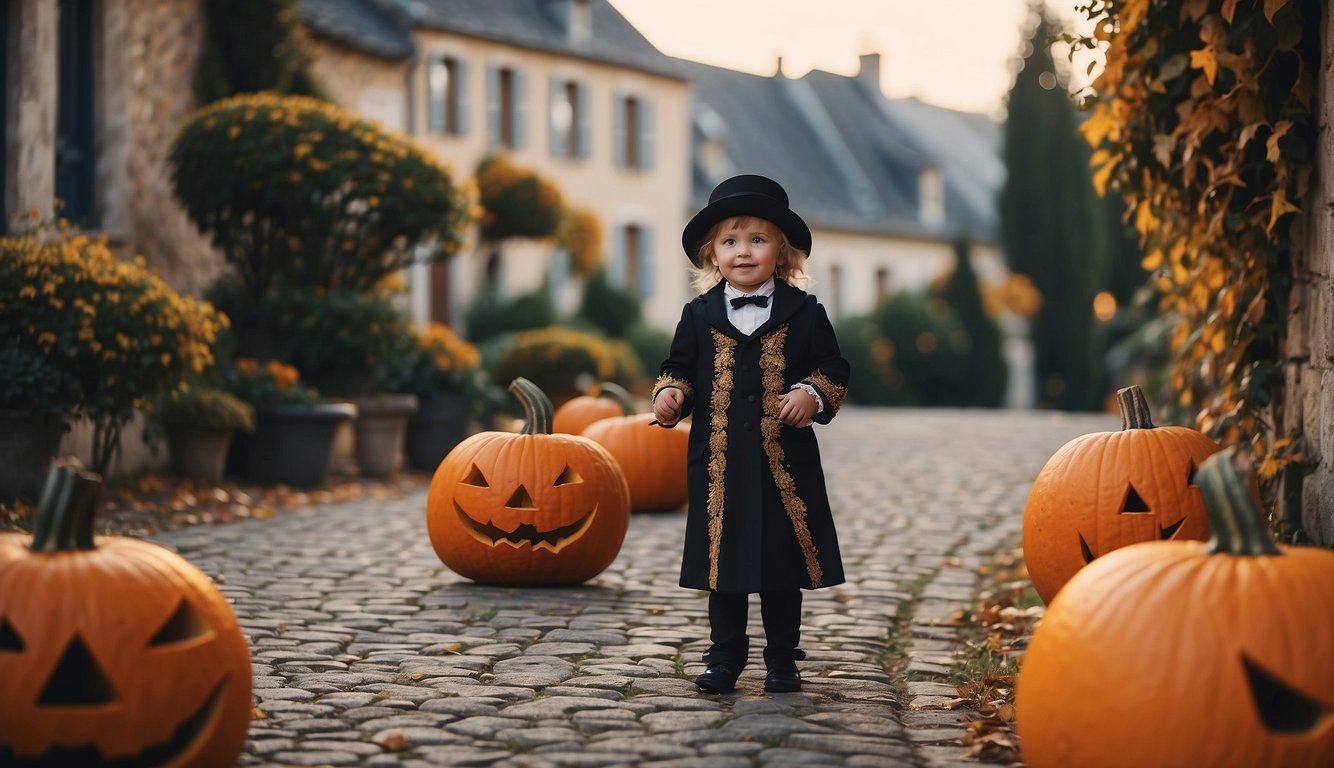
I’ve discovered that the Halloween we see in France today has deep historical roots and complex cultural connections. Let’s explore how Celtic traditions and French customs have intertwined to shape the Halloween festivities in France.
Celtic and Irish Roots
Halloween’s story in France begins with Celtic traditions, specifically the festival of Samhain. This ancient festival marked the end of the harvest season and the beginning of winter. It was a time when the Celtic Gaul tribes, spread out across Western Europe and the British Isles, celebrated the intersection of the living world and the spiritual realm. Through Irish and Scottish immigration, these customs eventually influenced the modern celebration of Halloween.
Evolution of Celebrations
The way Halloween is celebrated has evolved over time. It was not always observed in France with the same intensity as in Ireland or Scotland. Still, the influence of North American customs, which were exported back to Europe, revived interest in the holiday. Despite this, the adoption of Halloween in France has been relatively recent, becoming more noticeable in the 1990s. Costumes, jack-o’-lanterns, and trick-or-treating have become part of the festivities, albeit not as widespread as in the United States.
La Toussaint Connection
The French holiday La Toussaint, or All Saints’ Day, holds special significance and is closely linked with the origins of Halloween in France. La Toussaint is celebrated on November 1st and is a time to honor ancestors and the deceased. It is traditionally a solemn occasion, contrasting with the more playful and spooky Halloween celebrated the day before. The relationship between La Toussaint and Halloween is complex, as both involve respect for those who have passed but express this remembrance in different ways.
Modern Halloween Festivities
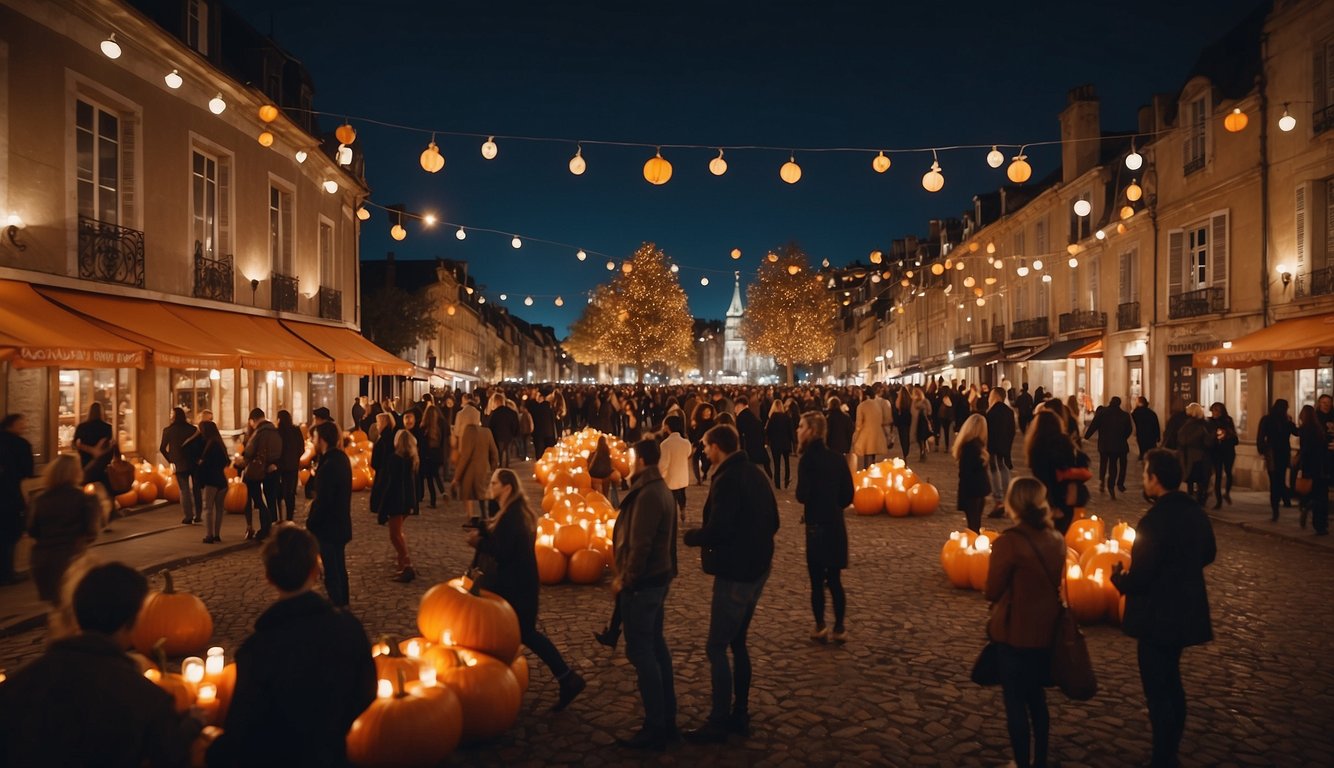
In recent years, Halloween has woven itself into the fabric of French autumn as a thrilling occasion full of spooky charm and creative expression. Here’s what I’ve found about the latest trends and practices in France’s Halloween parties, trick-or-treating, and city events.
Costume and Party Trends
Costumes are at the heart of Halloween celebrations in France, with many embracing the opportunity to adorn outfits ranging from the traditional witches and skeletons to more inventive and culturally inspired ensembles. In cities like Paris, costume parties have become increasingly popular, providing a space for both expats and locals to celebrate Halloween in France together. Partygoers often flock to nightclubs or private parties dressed in their Halloween best, making it a commercially significant event for costume sales and rentals. For example, themed parties at places like Disneyland Paris take this to another level with elaborate costume contests and decorations.
Trick-or-Treating Practices
While trick-or-treating, known as “des bonbons ou un sort” (candies or a spell) is not as universally practiced in France as it is in North America, some French neighborhoods have adopted this celebratory gesture. In these areas, children, accompanied by adults, can be seen going from door to door in their scary costumes, though the activity is more common in expatriate communities and metropolises rather than rural areas. Participating homes often signal their willingness to hand out treats with Halloween decorations and lit jack-o’-lanterns.
Halloween Events in Major Cities
Major French cities, including Paris, gear up for Halloween with a variety of public events. Aside from the grand festivities at Disneyland Paris, which takes holiday celebrations to an impressive scale with parades and shows, other city events often include Halloween parties in bars and clubs, public costume parades, and special screenings of horror films. In Paris, some notoriously historic spots capitalize on the Halloween theme by offering ghost tours, allowing participants to revel in the macabre history of the city’s past, blending both celebration and spine-tingling storytelling.
Cultural Reception and Adaptation
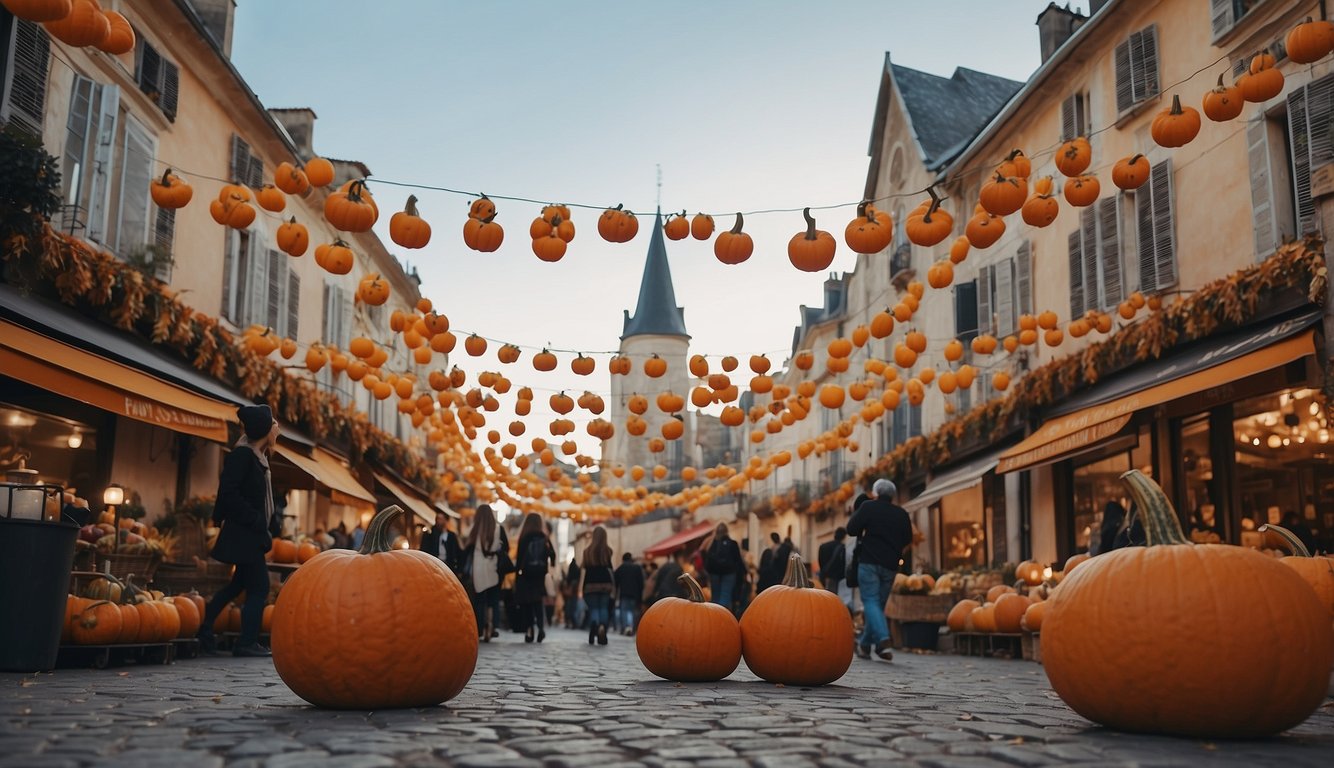
As we explore Halloween in France, we’ll see how the holiday straddles both global influence and local traditions. French Halloween vocabulary reflects this duality, and the public’s perception and acceptance of the holiday varies. American culture has certainly played a role in introducing Halloween to France, but let’s see how the French have made it their own.
French Halloween Vocabulary
For starters, I’ve noticed that Halloween in France comes with its unique language. Terms like “déguiser” (to dress up) and “bêtises ou friandises” (tricks or treats) capture the essence of the customs that are slowly merging with French culture. Interestingly, the date itself, “le trente et un octobre” (the thirty-first of October), is often highlighted in conversations as a point of cultural exchange.
Public Perception and Acceptance
The French have a complex relationship with this foreign holiday. Initially met with skepticism, Halloween has been warming into the national fabric, although it’s not a public holiday like La Toussaint. In some circles, Halloween is embraced as a fun, commercialized opportunity to embrace creativity and self-expression, while others view it as an unwelcome import.
Influence of American Culture
I observed that the North American roots of Halloween have certainly found their way to France. This cultural import began making waves in the 1990s. While it may not hold the same historical significance as native holidays, the influence of American celebrations and pop culture has introduced the French to new dimensions of celebrating, carving out a space for Halloween amidst France’s rich tapestry of tradition.
Traditional and Religious Observances
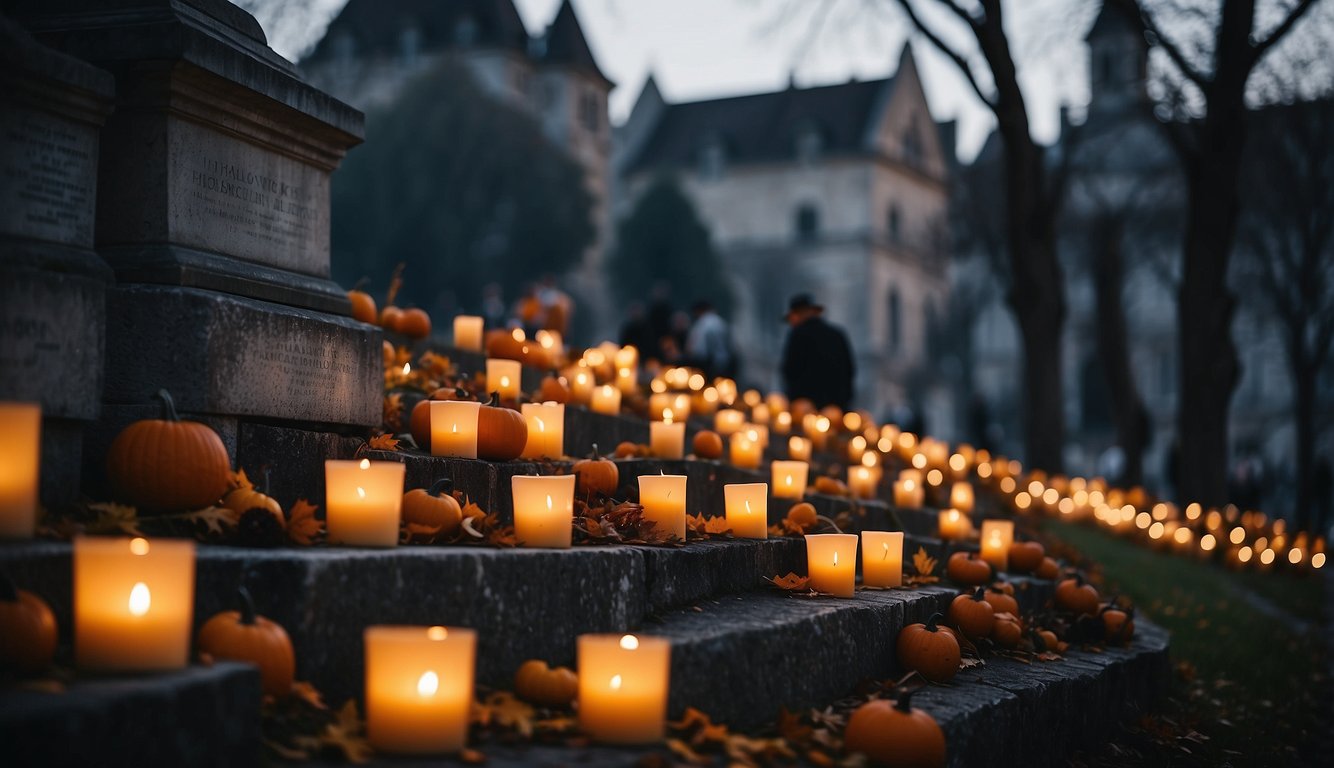
As we explore the traditional and religious observances in France around the time of Halloween, it’s essential to understand that while Halloween itself isn’t traditionally French, the period is marked by significant customs related to All Saints Day, which holds profound cultural importance.
All Saints Day Significance
All Saints Day, known as “La Toussaint” in French, is observed on November 1st. It’s a day when I honor all saints, known and unknown, like many of my fellow Frenchmen. This day is not just a religious observance but also a public holiday in France. It’s a time for reflection and remembrance, where the spirits of the saints are venerated. You will find that many families across the country mark this day by attending special church services.
Cemetery Visitation Customs
Visiting cemeteries is a profound way I connect with this observance. On La Toussaint, it’s a customary practice for families to gather and clean the graves of their departed loved ones. We place chrysanthemums, often called “les chrysanthèmes”, on the graves as they are the traditional flowers of choice for the occasion. These vibrant flowers are considered the emblem of All Saints Day and symbolize immortality and life after death.
Following this, many of us also light candles, which are left burning in cemeteries. At night, the sight is serene as the flickering lights from countless candles illuminate the resting places. This practice isn’t just about honoring the deceased; it’s a moment of unity and familial ties, where stories are shared, and the bond between the living and the dead is acknowledged and strengthened.
FAQ – How Does France Celebrate Halloween?
Is Halloween widely celebrated in France?
While not as deeply embedded in the culture as in some other countries, Halloween has become more recognized in France since the 1990s, particularly in urban areas and among young people.
How do the French celebrate Halloween?
Celebrations can include costume parties, particularly in bars and clubs, and some children go trick-or-treating in neighborhoods or participate in organized events. There are also themed events in amusement parks and public places.
Do French children go trick-or-treating?
Trick-or-treating is less common in France than in the U.S., but it does occur, especially in expatriate communities and areas where local businesses and neighborhoods have embraced the tradition.
If you enjoyed reading about How Does France Celebrate Halloween?, check out our other articles:
- Costumes Halloween Essentials 2024: Choosing the Perfect Outfit
- Scary Adult Halloween Costumes 2024: Unleash Your Frightening Side!
- Addams Family Halloween Costumes 2024: Inspiration for Your Spooky Ensemble
- Mom and Daughter Halloween Costume Ideas for a Spooktacular Duo 2024
- Halloween Animals 2024: Furry & Feathery Friends of the Spooky Season
Feel free to also check out our other Articles from the category “Community Events“ and don’t forget to follow us on Pinterest.

